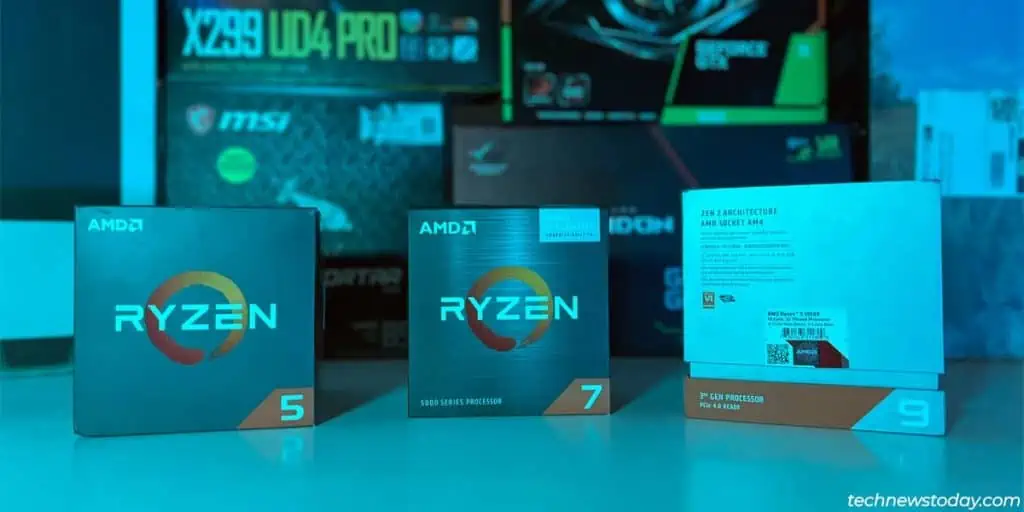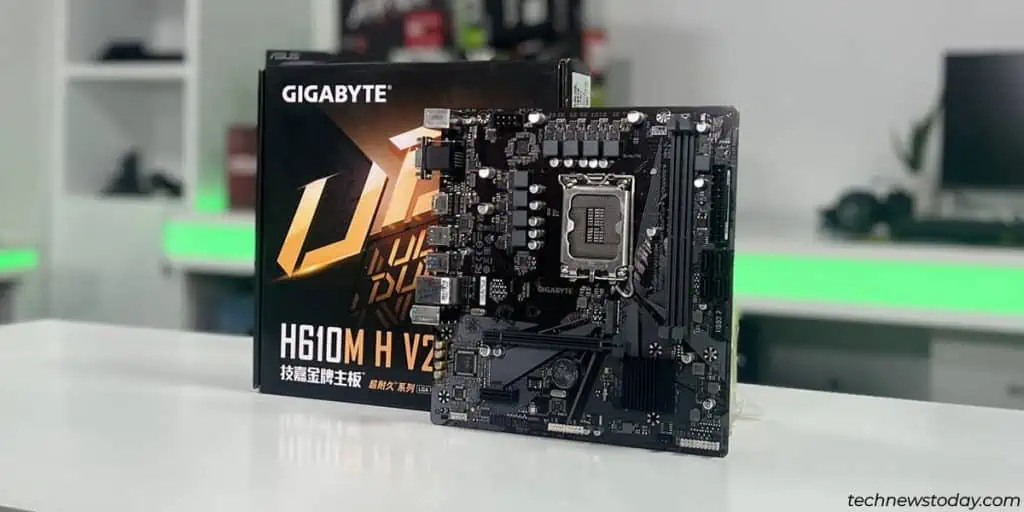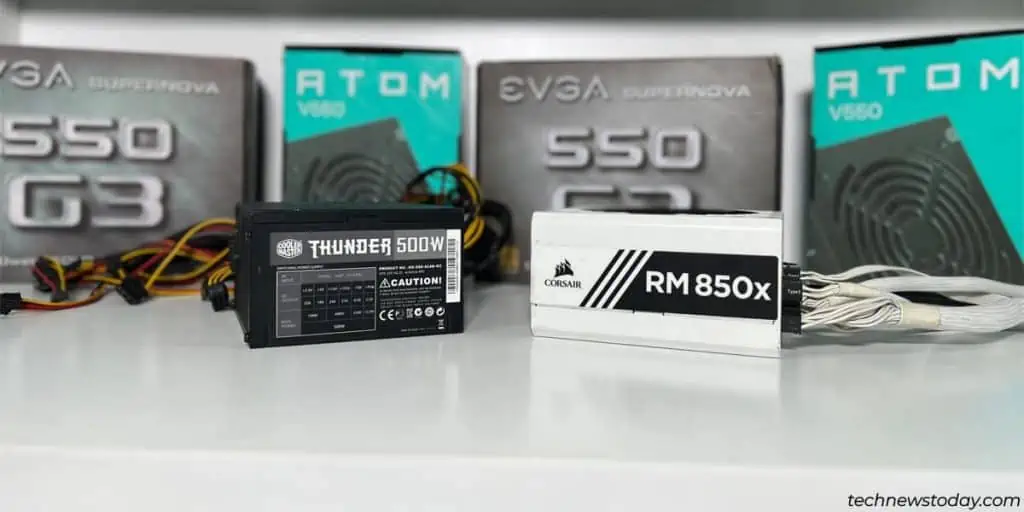On average, PCs last for 5 years or so before they need major upgrades. Keep in mind that this is a very general statistic.
A PC’s exact lifespan can vary a lot depending on the component grade and expected performance.
Some people don’t change any parts for a decade, while others like upgrading every year. Similarly, some parts are worth upgrading frequently (like the GPU), while others are not (like the PSU).
Taking all of this into account, I’ll help you estimate how long your PC will last and when you’ll probably need to upgrade.
What Determines a PC’s Lifespan
Different parts have different lifespans. CPUs and motherboards tend to be extremely durable, whereas the RAM sticks and fans fail comparatively sooner.
Note that the keyword here is – comparatively. Overall, PC components are long-lasting, and even the short-lived parts can work for a decade or more with proper maintenance.
This means most people replace their PCs because the system becomes obsolete rather than due to hardware failure. And since obsolescence is highly subjective, your PC’s lifespan will depend on your use cases and expectations.
Look at the GPU, for instance. The GTX 1080 Ti was released in early 2017.
7 years later, a lot of users still don’t feel the need to upgrade from this card. It can run the latest games at mid-low settings and handles non-gaming workloads just fine.
Then, there’s the other camp that likes having the latest and greatest. For the best possible performance and no compromises, upgrading every generation makes sense.
Average Lifespan of Components
To get a better idea, let’s look at how long each part typically lasts and why people upgrade.
CPU

On average, people upgrade CPUs every 5 years or so.
This allows them to skip a few generations. The generation jump significantly improves clock speed, core count, cache, memory support, and support for new CPU technologies.
GPU

The lifespan of GPUs greatly varies depending on the level of performance you want from your system. On average, people upgrade GPUs every 4 years or so.
The rule of thumb is to upgrade when you feel that the GPU is holding back the rest of the system, or when upgrading would provide a big performance boost.
Motherboard

People upgrade motherboards when they need a board compatible with new-gen components (CPU, RAM, etc). This averages out to around 6-7 years.
RAM

The main reason to upgrade the RAM is if you’re upgrading your motherboard and want to switch to the new gen. This typically means upgrading every 6-7 years.
If you work with RAM-intensive tasks like 3D rendering, virtualization, etc, the installed memory will sometimes be insufficient. In such situations, you can install more modules.
SSD

People usually upgrade SSDs every 7-8 years. Although they last much longer than this, there are more reasons to upgrade than just pure lifespan.
Your PC may run out of space, the SSD performance might degrade over time, you may want to switch to the latest-gen SSD, and so on.
PSU

80 PLUS Gold and higher-rated PSUs typically have warranties of 5-10 years. You can replace these once the warranty period expires.
Lower-rated PSUs tend to have shorter warranty periods like 3 years. It’s not as if the PSU will fail as soon as the warranty expires. But on the off chance that a PSU does go bad, it can potentially damage other components.
This is why the standard industry practice is to replace a PSU after 5 years or so (assuming it’s no longer under warranty). I like to stay on the safe side and do the same with my builds.
When Should You Upgrade Your PC
On average, the component replacement duration comes out to around 5 years. This is why people say they upgrade their PCs every 5 years.
But in practice, most people don’t replace an entire PC at once. Instead, they take a Ship of Theseus approach and upgrade parts from time to time as needed. The system may need more RAM, you might find a good deal for a better GPU, and so on.
By taking the earlier data as general guidelines, you should be able to judge the best time to upgrade a component on your system.
You should also be aware of the usual signs that indicate that your PC is getting old and needs an upgrade soon:
- Sluggish performance (parts probably can’t keep up with the resource demands of the latest OS and apps)
- Boot issues, crashes (some parts may be failing)
- Overheating (cooling may need an upgrade, or it could just be a lack of maintenance)
To conclude, PC components have varying lifespans. People generally upgrade parts after around 5 years.
Those who want the best possible performance should upgrade every 2-3 years.
Those who can compromise performance or don’t intensively use the PC may not need to upgrade for a decade or more.
Most of us will fall somewhere in between. Upgrade when the PC can no longer provide acceptable performance.

